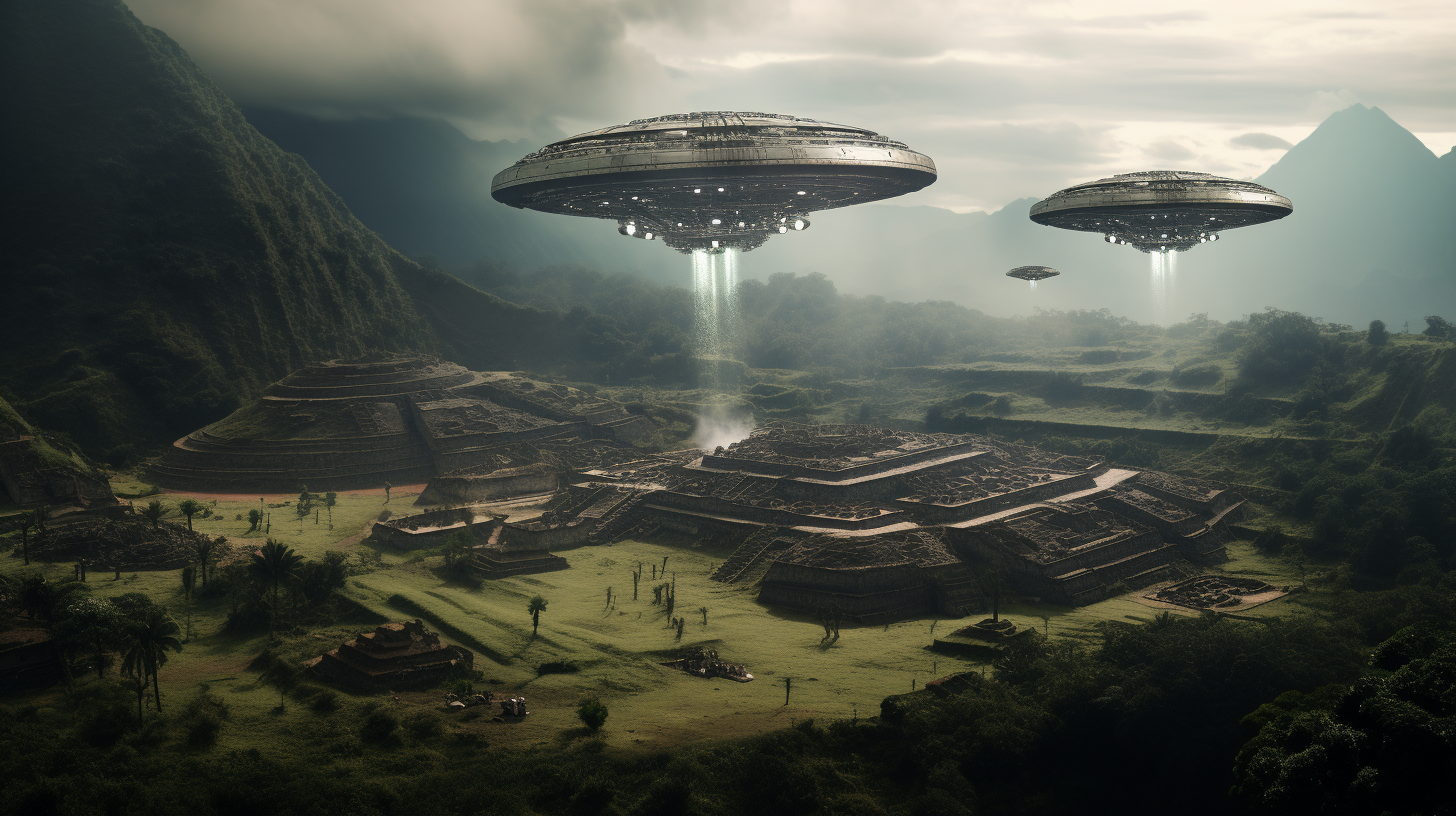Cusco, situated in the majestic Andes Mountains of Peru, harbors a rich history and ancient tales. Once serving as the magnificent capital of the Inca Empire from the 13th to 16th centuries A.D., Cusco conceals a treasure trove of enigmatic secrets that continue to captivate archaeologists and enthusiasts. Among the marvels that adorn Cusco, Sacsayhuaman stands out, a monument to the ancient brilliance that once thrived in the region.
Perched atop Cusco, Sacsayhuaman emerges as a colossal wonder, a complex ceremonial center that has long intrigued scholars and wanderers alike. At its core lies a captivating zigzag wall constructed from massive stones, some weighing an astonishing 125 tons and transported from a quarry located at least three miles away. The meticulous placement of these stones is so precise that not even a dollar bill can slip between the blocks.
While the prevailing belief attributes the construction of Sacsayhuaman to the Inca civilization less than a millennium ago, a more fascinating theory has emerged, suggesting that the Inca merely enhanced an ancient structure erected by a much older society. Early Spanish records even recount the Inca disowning any credit for Sacsayhuaman, claiming that the site existed prior to their rule.

A group of scholars now argues that Sacsayhuaman predates the Inca by millennia, sparking questions about how an earlier civilization possessed the knowledge and skill to erect such a remarkable structure. The stones comprising Sacsayhuaman are metamorphosed limestone, much harder than the bronze tools available to the Inca.
An examination of the construction techniques exposes a stark contrast between megalithic building methods, celebrated for their perfectly fitting stones, and Inca architecture, which relied on stacking stones with mortar. If Sacsayhuaman indeed precedes the Inca, as they maintained, then who were the mysterious architects behind this ancient wonder?
Steeped in legends and folklore, ancient Inca tales suggest beings descending from the skies in primordial times, imparting wisdom to the Earth’s inhabitants. This narrative intriguingly aligns with the controversial ancient astronaut theory, proposing that humanity, guided by extraterrestrial beings, might have been the true designers of Sacsayhuaman.
The enigma surrounding Sacsayhuaman continues to challenge our understanding of history and archaeology. As we unearth more about this extraordinary site, we are prompted to contemplate the possibility that the chronicles of our planet could have been influenced by forces beyond earthly realms, as hinted in ancient Inca traditions.
Nestled amidst the grandeur of the Andes, at the heart of Cusco, Sacsayhuaman stands as a timeless guardian of a forgotten era cloaked in mystery and allure. It serves as a poignant testament to the intricate fabric of our past, where the threads of human innovation and cosmic intervention may forever intertwine.
